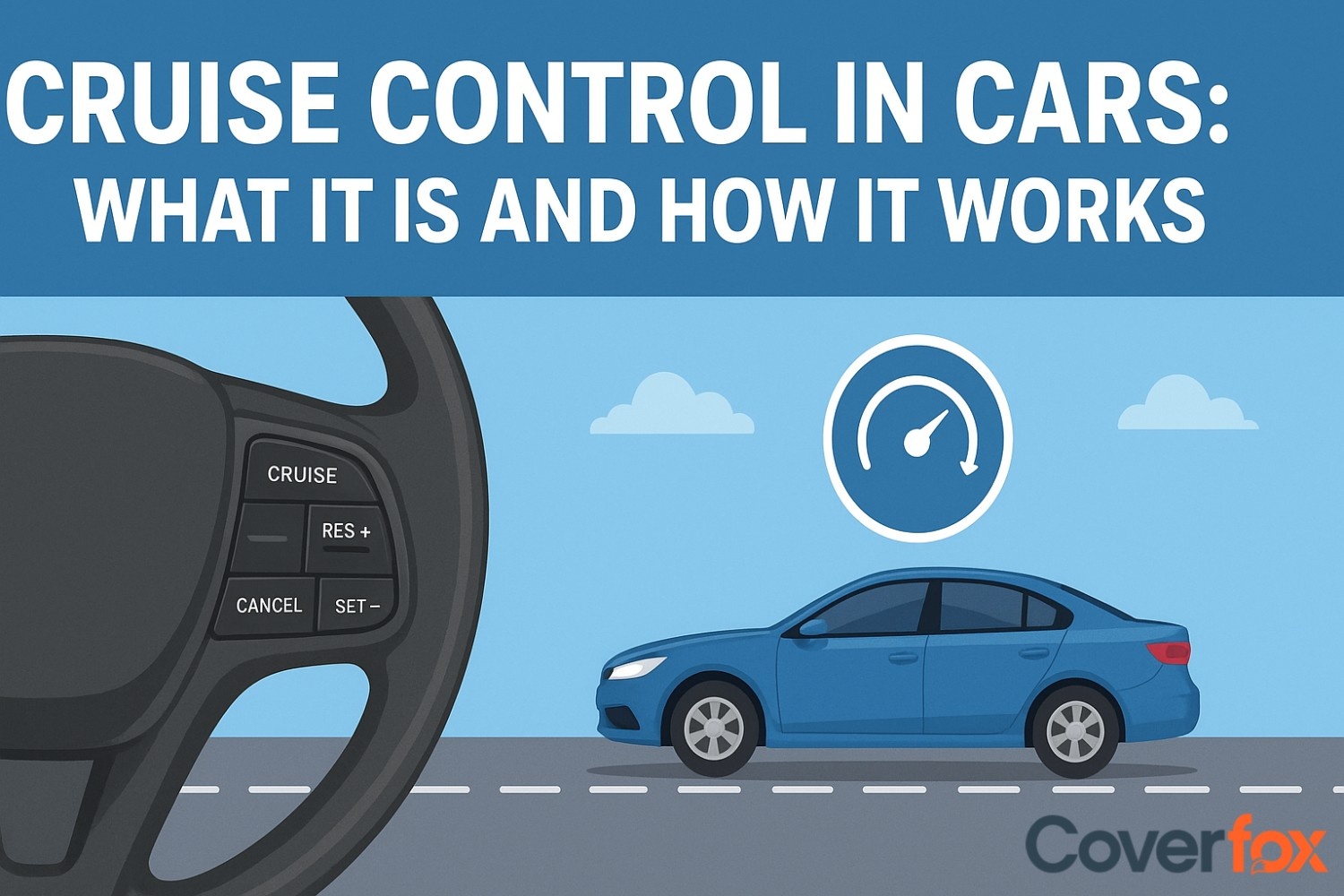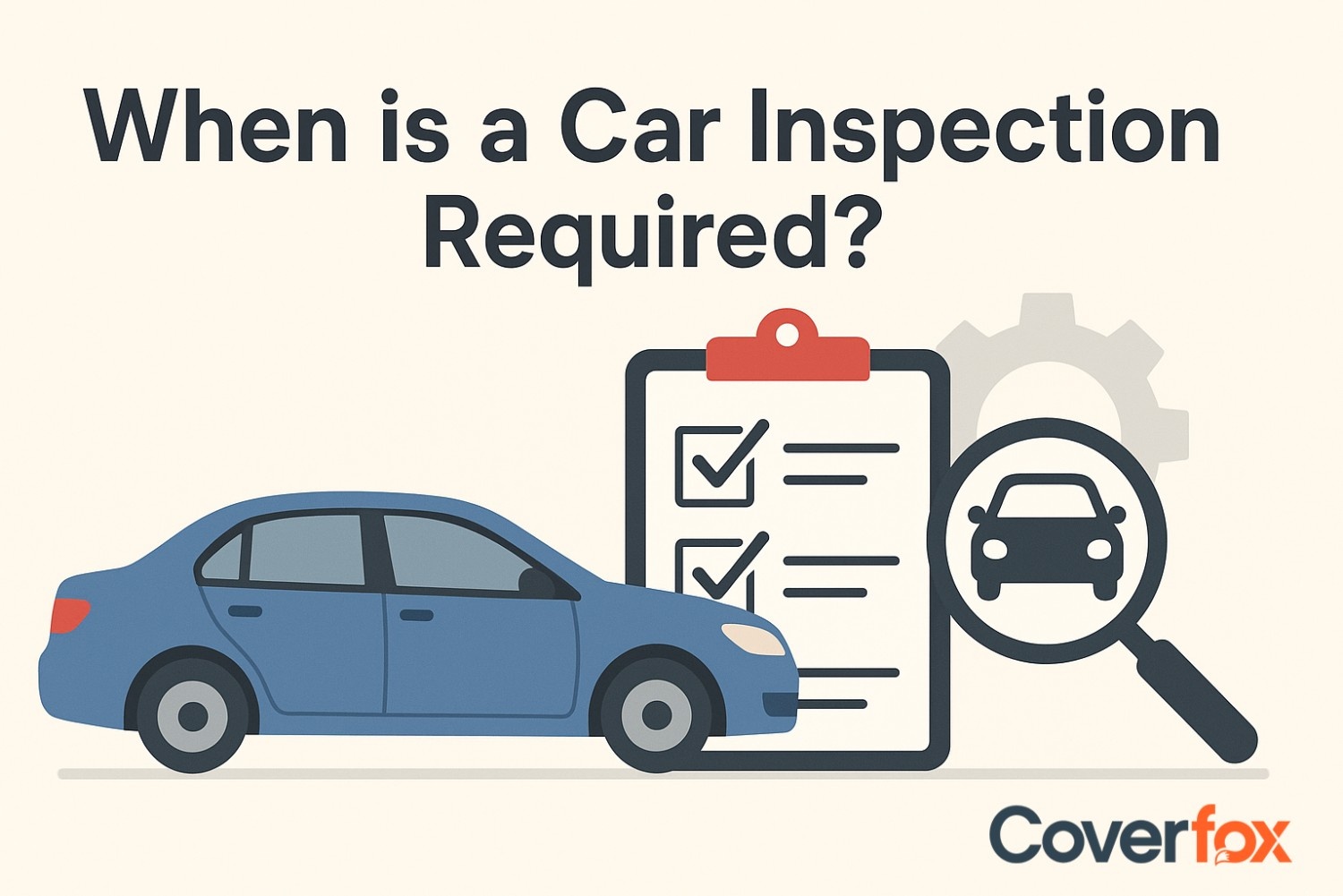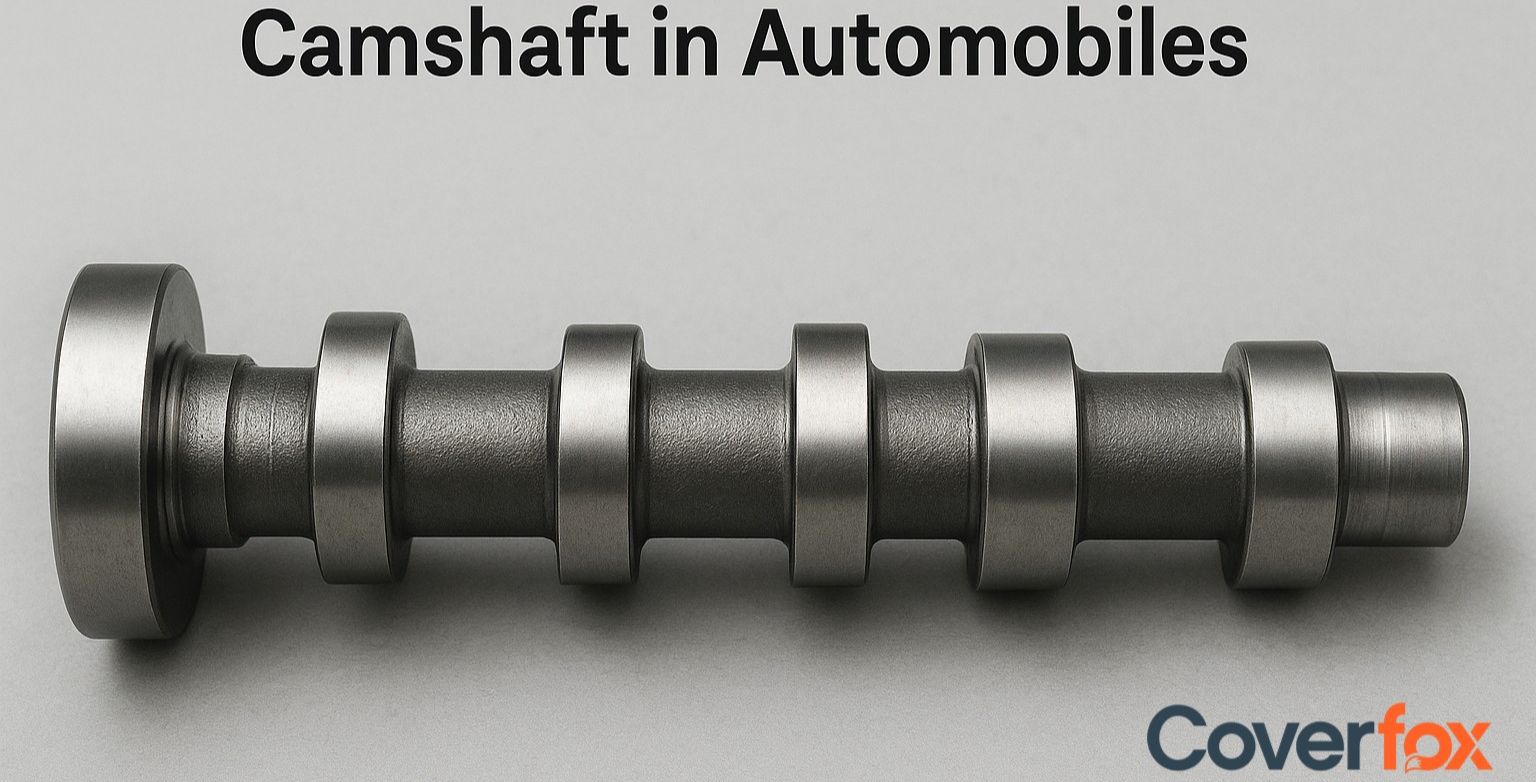In India, as the population increases with every passing day, pollution also increases. One of the main contributing factors to pollution can be considered as automobiles.

With the harmful emissions generated by automobiles, there needs to be various steps taken to tackle this issue. Here is where the Indian government has stepped in and introduced measures to regulate the output from vehicles plying in the country. The governing body set forth the regulations for Bharat Stage Emission Standards (BSES) to regulate the vehicle emissions generated by cars and two-wheelers alike.
The guide below explains in detail about two significant Bharat Stage emission norms, namely BS4 and BS6 engines—exploring the key differences between the two and how they affect the choice of car insurance policy.
What are Emission Norms?
In general, emission norms are the rules set forth by a government of a country to limit the amount of vehicle emissions generated, to benefit the environment. When it comes to India, the Central Government put forth Bharat Stage (BS) emission norms, which were first introduced in the year 2000. BS2 and BS3 were introduced in the year 2005 and 2010, upon which they later introduced the BS4 in 2017 and ultimately the BS6 in 2020. As of April 2020, the Central government has mandated that all vehicle manufacturers, both two-wheelers and four-wheelers, should manufacture, sell and register only BS6 (BSVI) vehicles.
Understanding BS4 (BSIV) and BS6 (BSVI) Emission Norms
What is BS4 Engine?
- BS4 stands for Bharat Stage 4, an emission norm introduced by the Indian government, which was implemented nationwide from April 1, 2017.
- Based on Euro IV (European) emission standards, the main goal was to control harmful pollutants from vehicles and improve air quality.
- BS4 norms were stricter than previous standards (BS3), especially for nitrogen oxides (NOx), hydrocarbons (HC), carbon monoxide (CO), and particulate matter (PM):
- For petrol vehicles, BS4 set the NOx limit at 80 mg/km.
- For diesel vehicles, the NOx limit was 250 mg/km and PM limit was 25 mg/km.
- BS4 vehicles used technology like Electronic Control Unit (ECU) and ignition control to reduce emissions.
- A prominent feature was the Automatic Headlamp On (AHO) feature, which was made mandatory for added safety.
What is BS6 Engine?
- BS6 stands for Bharat Stage 6, the latest and most stringent emission norm for vehicles in India.
- Introduced by the Central Government, BS6 norms have been in effect since April 1, 2020, skipping BS5 to address pollution more aggressively.
- BS6 norms are based on Euro VI standards, with much lower limits for harmful pollutants than BS4.
- The main pollutants controlled are particulate matter (PM) and nitrogen oxides (NOx), with significant reductions compared to BS4:
- For petrol vehicles: NOx limit is 60 mg/km (down from 80 mg/km in BS4), and PM limit is 4.5 mg/km.
- For diesel vehicles: NOx limit is 80 mg/km (down from 250 mg/km in BS4), and PM limit is 4.5 mg/km (down from 25 mg/km in BS4).
- BS6 vehicles use advanced technology like Diesel Particulate Filters (DPF), Selective Catalytic Reduction (SCR), and onboard diagnostics to meet these strict standards.
- Real Driving Emission (RDE) testing is introduced, measuring emissions in real-world conditions, not just in labs.
- Only BS6-compliant vehicles can be sold and registered in India from April 2020.
Major Differences Between BS4 and BS6 Emission Norms
To understand the emission norms better, let us have a look at the key difference between the BS4 and BS6 engines:
| Feature | BS4 Engine | BS6 Engine |
|---|---|---|
| Emission Limits | Higher permissible levels for pollutants like NOx and PM. | Stricter limits; NOx and PM emissions drastically reduced, especially for diesel cars. |
| Sulphur Content in Fuel | BS4 fuel contains 50 ppm. | BS6 fuel contains 10 ppm. |
| Real Driving Emission | No real-time emission monitoring. | Real Driving Emission (RDE) standards are enforced for real-world emission tracking. |
| Regulatory Compliance | Used to be allowed for sale and registration until March 31, 2020. | Only BS6 vehicles can be sold/registered from April 1, 2020; BS4 banned for new registration. |
| Environmental Impact | Higher emissions which lead to a greater contribution to air pollution. | Significantly reduced emissions, being cleaner and more environmentally friendly. |
Car Insurance Policy Implications
Both vehicles, whether BS4 or BS6, require a financial safety net with an insurance policy. But it also has a significant impact on your car insurance policy. Here’s how:
1. BS6 Vehicles
- When it comes to selecting a car insurance policy for a BS6 vehicle, it attracts significantly lower premiums and beneficial policy terms due to its environmental and latest regulation compliance.
- Claim processes may also be smoother due to readily available parts, along with the latest rule compliance.
2. BS4 Vehicles
- BS4 vehicles, especially diesel models, may face higher insurance premiums or limited coverage options as they become outdated, becoming prone to more regulatory scrutiny or usage restrictions.
- Owner protection is reduced in regions moving toward stricter emission standards, and BS4 vehicles may become uninsurable or only eligible for third-party coverage.
Conclusion
The difference between the BS4 and BS6 engines makes it clear about India’s commitment to tackling vehicular pollution, which is the need of the hour. It is vital to note the differences between the two—as BS6 vehicles offer longer life, cleaner operation, and better insurance prospects, while BS4 vehicles are becoming less attractive due to higher regulatory and insurance risks.
As emission norms evolve, choosing the right car insurance policy becomes especially important, and here is where Coverfox helps fill the gap. With Coverfox, you can quickly evaluate different plans, check premiums, and select coverage that best suits your BS6 or BS4 vehicle, ensuring you’re always protected and compliant with the latest regulations—assuring you of convenience and reliability in a single platform.
Recommended Reads:
Frequently Asked Questions
What is a BS4 vehicle?
A BS4 vehicle is a vehicle equipped with an engine complying with BS4 emission norms, with stricter limits on CO, HC, NOx, and particulate matter (PM) emissions.
What is the difference between BS4 and BS6?
BS6 proves to be better than BS4 in terms of emission norms, fuel type used, performance upgrades and environmental benefits.
Is BS6 fuel more expensive than BS4 fuel?
Yes, BS6 fuel requires additional refining processes for lower sulphur content, making it slightly more expensive than BS4 fuel.
Why did India shift from BS4 to BS6?
In order to ensure a cleaner environment and reduce air pollution at a quicker pace, India directly skipped BS5 norms and shifted to BS6 from BS4 norms.





